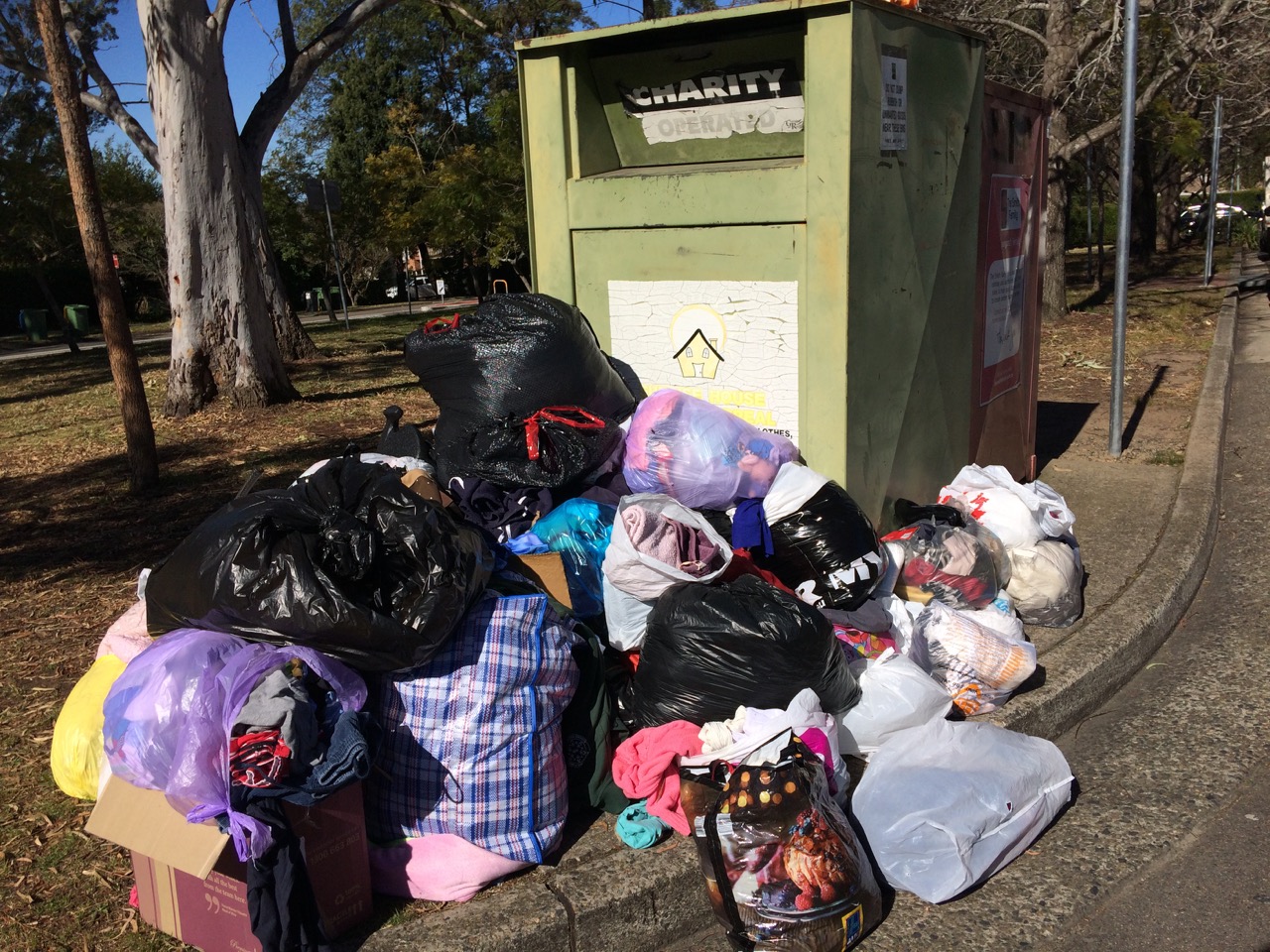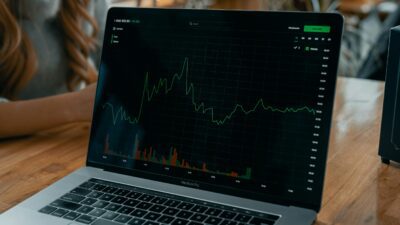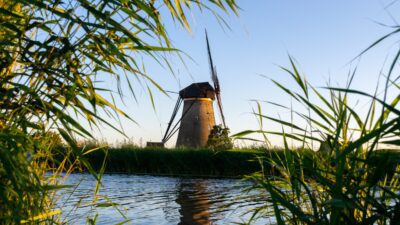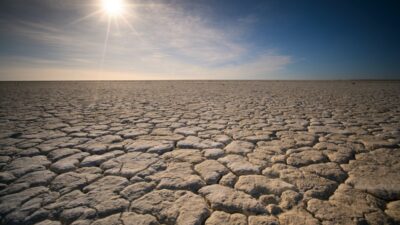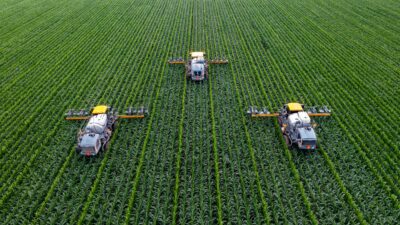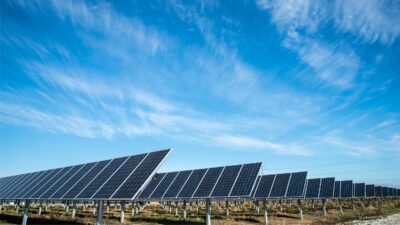We’ll get to Davos, Switzerland, in a moment. First we take a quick trip to Panipat, India, the world’s largest recycler of woollen clothing. For the last 20 years the weavers in this dusty town 80 km north of Delhi have been breaking down second hand woollen garments into shoddy yarn. The shoddy is then turned into cheap blankets, used mainly for disaster relief operations.
It’s what we virtuously imagine happens to the no-longer-loved items dropped into charity clothing bins – our cast offs, at least those that don’t find a second use, are ecologically recycled, the poor are ‘helped’ and we have done our bit to avoid landfill right?
That was then but in today’s fast fashion world there is – naturally – a disruptor: modern Chinese mills can produce new, high quality polar fleece blankets, quicker, in a charming variety of colours and at virtually the same price point.
And while the millers of Panipat can switch to the new material – the recycling part of the production cycle is broken. And that’s part of a big environmental problem.
Fast fashion is the system that sees high end designs move from the catwalk quickly – and cheaply – into a shop near you and it’s destroying the global textile recycling process at a time when it also fuels a strong increase in discarded clothing items. Why hang onto older styles, or buy second hand, when brand-new and on-trend is so cheap? Isn’t just teenage girls ordering a cheap facsimile of runway dresses and having them delivered in time for the next weekends party – fast fashion is all of us.
Listen to Sandra and Kai @18:30 discussion on The Future This Week podcast
According to the Ellen MacArthur Foundation, textile production has doubled over the last 15 years while at the same time consumers are discarding more than 50% of their purchases within the year. The result – one garbage truck full of textiles is landfilled or burnt every second with less than 1% of material recycled. The environmental impact is far from trivial – the fashion industry is responsible for 1.2 billion tonnes of greenhouse gas emissions every year – that’s more than international flights and shipping combined.
On its current trajectory the textile industry’s share of CO2 production will increase from 2% in 2015, to 26% by 2050.
And so we arrive in Davos – or more particularly at the World Economic Forum, the annual meeting of business executives, politicians, intellectuals, and billionaires with a smattering of cultural kudos (Elton John and Cate Blanchett turned up to get some award.)
This year, along with the rise of robots and the deviousness of social media, fashion was on the agenda, not to discuss hemlines but to ponder the bad economics of the industry. The term to engage with here is ‘circular economy’: Fashion Designer Stella McCartney teamed up with Ellen MacArthur to discuss how the industry can shift from the ‘take, make and dispose’ model to one where durability and recycling is built into both the production cycle and consumer demands.
Fashion could take a leaf out of other industries such as the electronics sector where purchasers of gadgets such as televisions and computers are informed about the entire life cycle of products including options for recycling.
Fashion needs to make durability and caring about sustainable disposal, well, fashionable. A handful of brands are trailblazers: Patagonia, the popular outdoor clothing manufacturer, with its “Don’t buy our stuff” campaign actively encourages its customers to wear their items for as long as possible, and, along with H&M’s ‘Conscious Collection’ are experimenting with fibres made from recycled material.
But long term all of us will need to examine our behaviour and how we can escape the treadmill of consumerism and fast fashion.
To hear Sandra and Kai discussing this and other stories tune into The Future This Week podcast.
